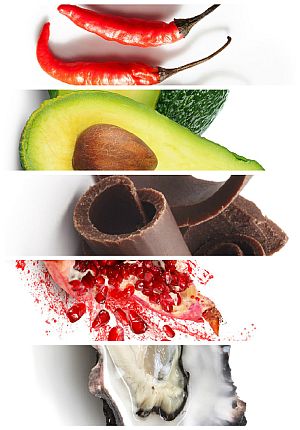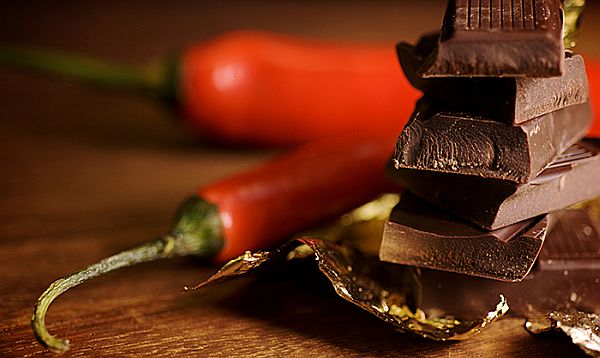Puerto Vallarta, Jalisco - In Mexico, February 14 is known as El Día del Amor y Amistad which, literally translated, means "the day of love and friendship." The idea behind this tradition is to show appreciation and affection for all of your loved ones and friends.
But let's face it folks, Valentine's Day is for lovers. In fact, the roots of this annual celebration of love go back more than two thousand years to ancient Rome, where men hit on women by, well, hitting them.
 |
In this annual tradition, every year from Feb. 13 to 15 the men would sacrifice a goat and a dog, then whip the women with the hides of the animals they had just slain. Young women would actually line up for the men to hit them, believing this would make them fertile. Clothing was optional for members of the public, and people rarely wore it as a result.
Of course the ancient festival included lots of drinking and traditional foods that were thought to have libidinous effects, which brings us back to Mexico, and the "aphrodisiac foods" that are native to the country.
The Aztec, Maya and other Mesoamerican people, like most ancient cultures, considered procreation an important moral and religious obligation, and recognized the connection between nutrition and fertility. Food was harder to obtain than it is now, and great importance was placed on the nutritional value of certain foods as affecting the ability to reproduce.
However, not all of the credence placed in the aphrodisiac qualities of particular foods was based on nutrition. Resemblance to genitalia, especially in certain fruits, was sometimes thought to indicate a connection between that food and human fertility.
Whether or not some foods function as aphrodisiacs, the fact remains that the most powerful stimulus of all is the mind, and who can argue the appeal of the creamy texture of avocado, the spiciness of chile, the heady scent of vanilla, the golden gleam of honey or the rich taste of chocolate?
According to George Bernard Shaw, "There is no love more sincere than the love for food," so click HERE to learn more about "aphrodisiac foods" that are native to Mexico and are sure to stimulate your lover's senses this Valentine's Day.
Sources: mexconnect.com • npr.org


